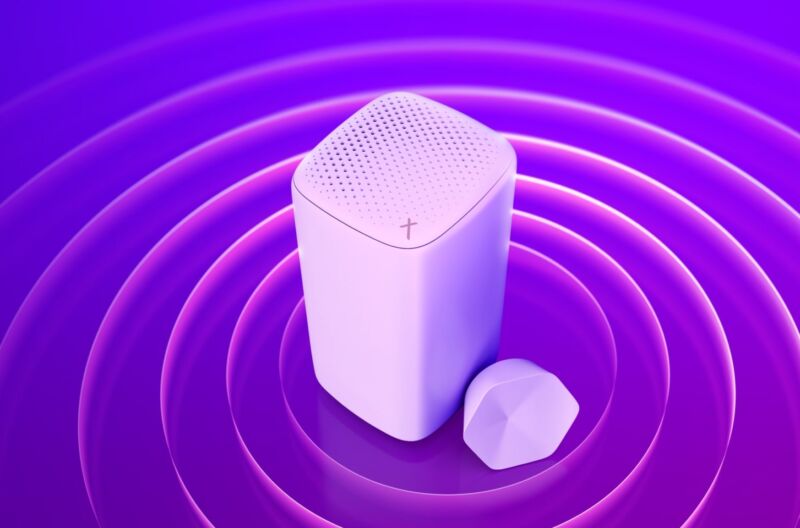Comcast said it will drop “Xfinity 10G Network” brand name after losing appeal.

Comcast has reluctantly agreed to discontinue its “Xfinity 10G Network” brand name after losing an appeal of a ruling that found the marketing term was misleading. It will keep using the term 10G in other ways, however.
Verizon and T-Mobile both challenged Comcast’s advertising of 10G, a term used by cable companies since it was unveiled in January 2019 by industry lobby group NCTA-The Internet & Television Association. We wrote in 2019 that the cable industry’s 10G marketing was likely to confuse consumers and seemed to be a way of countering 5G hype generated by wireless companies.
By signing up, you agree to our user agreement (including the class action waiver and arbitration provisions), our privacy policy and cookie statement, and to receive marketing and account-related emails from Ars Technica. You can unsubscribe at any time.
10G doesn’t refer to the 10th generation of a technology. It is a reference to potential 10Gbps broadband connections, which would be much faster than the actual speeds on standard cable networks today.
The challenges lodged against Comcast marketing were filed with the advertising industry’s self-regulatory system run by BBB National Programs. BBB’s National Advertising Division (NAD) ruled against Comcast in October 2023, but Comcast appealed to the National Advertising Review Board (NARB).
The NARB announced its ruling today, agreeing with the NAD that “Comcast should discontinue use of the term 10G, both when used in the name of the service itself (‘Xfinity 10G Network’) as well as when used to describe the Xfinity network. The use of 10G in a manner that is not false or misleading and is consistent with the panel decision is not precluded by the panel recommendations.”
“Comcast will discontinue brand name”
Comcast agreed to make the change in an advertiser’s statement that it provided to the NARB. “Although Comcast strongly disagrees with NARB’s analysis and approach, Comcast will discontinue use of the brand name ‘Xfinity 10G Network’ and will not use the term ’10G’ in a manner that misleadingly describes the Xfinity network itself,” Comcast said.
Comcast said it disagrees with “the recommendation to discontinue the brand name” because the company “makes available 10Gbps of Internet speed to 98 percent of its subscribers upon request.” But those 10Gbps speeds aren’t available in Comcast’s typical service plans and require a fiber-to-the-home connection instead of a standard cable installation.Advertisement
The Comcast “Gigabit Pro” fiber connection that provides 10Gbps speeds costs $299.95 a month plus a $19.95 modem lease fee. It also requires a $500 installation charge and a $500 activation charge.
Comcast said it may still use 10G in ways that are less likely to confuse consumers. “Consistent with the panel’s recommendation… Comcast reserves the right to use the term ’10G’ or ‘Xfinity 10G’ in a manner that does not misleadingly describe the Xfinity network itself,” the company said.
When contacted by Ars, a Comcast spokesperson said, “We disagree with the decision but are pleased that we have confirmed our continued use of 10G in advertising.”
Comcast claims “not supported”
The NARB said the “recent availability of 10G speeds through [the Gigabit Pro] service tier does not support the superior speed claim (or a 10Gbps claim) for the Xfinity network as a whole.” As the NARB noted, there is an “absence” of data showing how many Comcast customers actually use that service.
The NARB also said that 10G is misleading because of the implied comparison to 5G wireless networks. “The NARB panel concluded that 10G expressly communicates at a minimum that users of the Xfinity network will experience significantly faster speeds than are available on 5G networks,” the announcement of the ruling said. “This express claim is not supported because the record does not contain any data comparing speeds experienced by Xfinity network users with speeds experienced by subscribers to 5G networks.”
As the NAD has previously stated, 10G is more of an “aspirational” term rather than something that’s offered over today’s cable networks. Over the past five years, the NCTA has been using the term 10G to describe just about any improvement to cable networks, regardless of the actual speeds.
The NCTA coincidentally issued a press release yesterday hailing the fifth anniversary of its first 10G announcement. “Five years on, the future is even closer… Here in 2024, the promise of 10G is becoming more and more of a reality,” the NCTA said.
The announcement listed some examples of multi-gigabit (but not 10-gigabit) cable speeds, some of which were only achieved in lab testing or demos. NCTA claimed that “10G can change lives” and that the “10G platform will facilitate the next great technological advancements in the coming decades, ensuring fast, reliable, and safe networks continue to power the American economy.”
For all of you cable broadband users, just remember to ignore “10G” in cable-company marketing and check the actual speeds you’re paying for.




